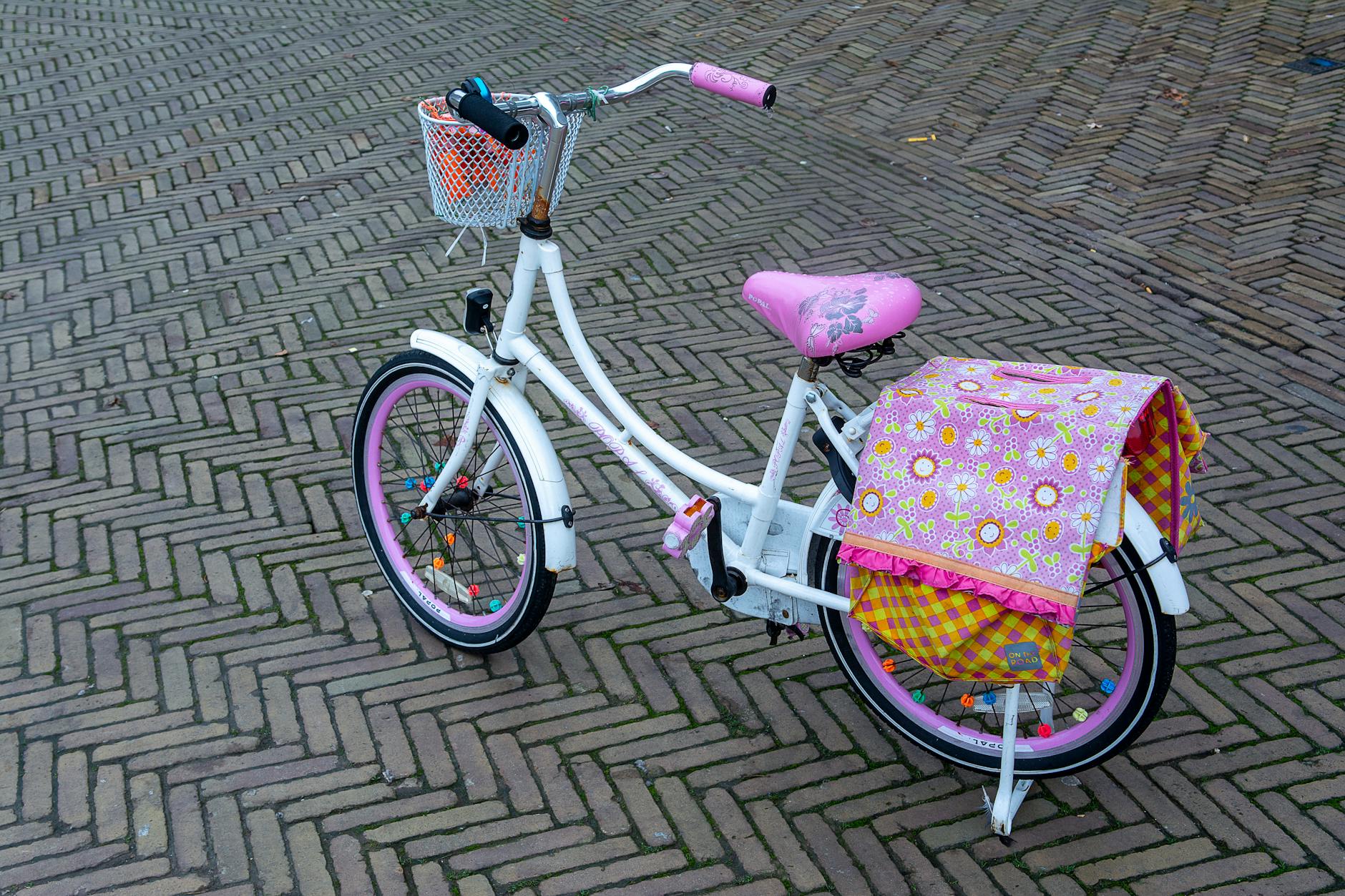Unsure how to choose the perfect bike size for your child? Discover essential tips and tricks in this comprehensive guide.
Table of Contents
Kid-Sized Wheels: A Guide to Selecting the Right Bike Size
When it comes to introducing children to the world of cycling, selecting the right bike size is crucial. Not only does it affect their comfort and enjoyment while riding, but it also plays a significant role in ensuring their safety on the road. In this comprehensive guide, we will walk you through the steps to determine the perfect bike size for your child, provide essential safety tips for cycling with kids, and recommend the best balance bikes for 2-year-olds.
How to Choose the Right Bike Size for Children
Before you start shopping for a bike for your child, it’s essential to consider a few key factors that will help you determine the right size. The most important aspects to take into account are your child’s age, height, and inseam measurement. By using these measurements as a guide, you can ensure that the bike fits your child comfortably and safely.
Measuring your child for the correct bike size is a simple process that can be done at home. To measure your child’s inseam, have them stand with their feet flat on the ground and measure from the crotch to the floor. This measurement will give you an idea of the minimum seat height your child will need to comfortably ride a bike.
When shopping for a bike, it’s crucial to test ride different models to ensure the proper fit. Your child should be able to straddle the bike with both feet flat on the ground and have a slight bend in their knees when seated on the saddle. Adjusting the seat height and handlebars can also help customize the fit for optimal comfort and control.
Safety Tips for Cycling with Kids
Ensuring safety while cycling with kids is paramount, and there are several key tips to keep in mind to protect your little rider. One of the most important safety measures is to equip your child with the appropriate safety gear, including a properly fitting helmet, knee pads, and reflective clothing. These items can help protect them in the event of a fall and make them more visible to other road users.
Teaching your child the rules of the road and basic cycling safety tips is also essential. Make sure they understand the importance of signaling, obeying traffic signals, and staying visible to drivers. Practice these skills in a safe, controlled environment before venturing out onto busier streets.
Staying visible and communicating effectively with your child while cycling is crucial for their safety. Consider using hand signals to indicate turns or stops, and encourage your child to do the same. Additionally, make sure both you and your child are wearing brightly colored or reflective clothing to increase visibility, especially in low-light conditions.
Best Balance Bikes for 2-Year-Olds
Balance bikes are an excellent way to introduce young children to cycling and help them develop balance and coordination before transitioning to a regular bike. When selecting a balance bike for a 2-year-old, there are a few key features to look for to ensure a smooth and enjoyable riding experience.
One of the essential features of a balance bike for a 2-year-old is an adjustable seat height. This allows the bike to grow with your child and ensures they can comfortably touch the ground while seated. Additionally, look for lightweight and durable construction, as well as ergonomic handlebars and grips designed for small hands.
Based on reviews and features, some of the best balance bikes for 2-year-olds include models from popular brands like Strider, Schwinn, and KaZAM. These bikes offer a combination of durability, adjustability, and safety features to provide your child with a fun and safe riding experience.
Transitioning from a Balance Bike to a Regular Bike
As your child grows and develops their cycling skills on a balance bike, you may start considering transitioning them to a regular bike. This process can be smooth and enjoyable with the right approach and guidance. Before making the switch, ensure that your child has mastered key skills such as balancing, steering, and braking on their balance bike.
When transitioning to a regular bike, it’s essential to choose the right size and type of bike for your child. Make sure the bike fits them comfortably and allows them to touch the ground with both feet when seated. Consider features like training wheels or a coaster brake to help them adjust to a pedal bike more easily.
Encourage your child to practice riding their new bike in a safe, open area before heading out onto busier streets. Provide support and guidance as they make the transition, and celebrate their progress and accomplishments along the way.
Conclusion
Choosing the right bike size for your child and prioritizing safety while cycling with kids are essential steps to ensure a positive and enjoyable riding experience. By following the guidelines outlined in this guide, you can help your child develop their cycling skills, stay safe on the road, and nurture a lifelong love of biking. Remember to always prioritize safety, communication, and fun when riding with your little cyclist.

